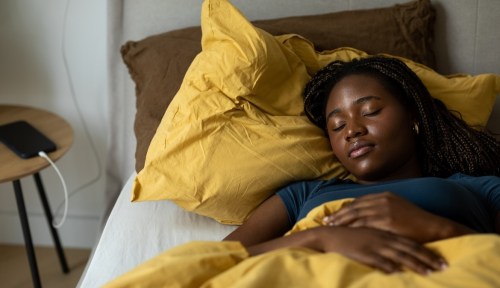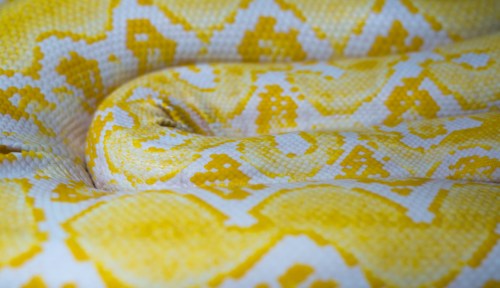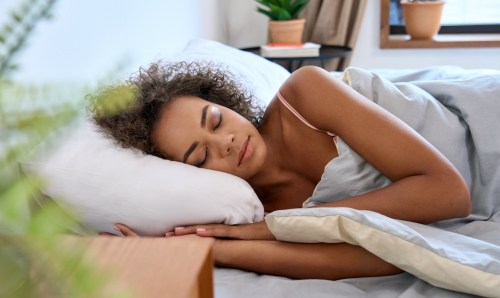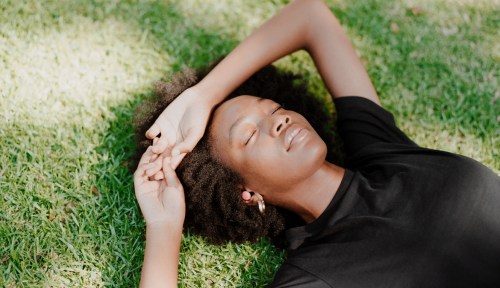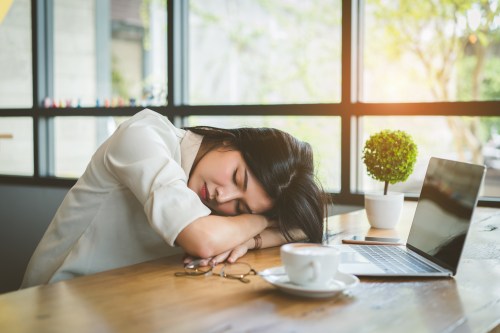Our editors independently select these products. Making a purchase through our links may earn Well+Good a commission
There are two numbers I care about in the summer: the UV index and the temperature on my indoor thermostat. The first helps me gauge how I can best protect myself from the harsh rays of the sun, and the second helps me to ensure that the harshly hot feel of summer days doesn’t follow me inside, to my bed, and keep me awake. Because, as anyone whose had to wipe sweat away from their brow at 3 a.m. knows, when it comes to scoring quality sleep on hot summer nights, the struggle can be oh-so excruciatingly real. And, in fact, there’s a scientific reason why: In the summer, many of us simply aren’t snoozing at the best sleep temperature for our body.
Experts in This Article
Alexandra Zatarain is the founder of Eight Sleep, the world’s first sleep fitness company.
Joshua Roland, MD is a sleep medicine physician, specializing in both adult and pediatric sleep medicine. He completed his residency at Hahnemann/Drexel University and trained at Emory University.
board-certified doctor of sleep medicine and neurology, member of the board of directors of the American Academy of Sleep Medicine (AASM)
Sleep experts say that the best sleep temperature is a nippy 60°F to 67°F. Now that I know this, I’m committed to treating that prescription as gospel until open-window weather season returns. “In general, we recommend that you keep your room cool and comfortable when you are trying to sleep at night, but there is obviously some individual variation and preference in this,” says Raman Malhotra, MD, a member of the board of directors of the American Academy of Sleep Medicine (AASM). “In general, this range tends to be on the cooler side; turn your thermostat between 60°F to 67°F as the ideal temperature for sleep.” That temperature, paired with a dark room is Dr. Malhotra’s recommendation for uninterrupted, blissful shut-eye.
But why is this the best sleep temperature, and—more crucially—what happens to your body and sleep health if you don’t stick to it? The answer really comes down to thermoregulating, or the process wherein your body tries to keep its core temperature. “Our internal clock, or circadian rhythm, is controlled in part by the temperature of our external environment,” says sleep medicine specialist Joshua Roland, MD. “In the evening when light is reduced, our pineal gland releases melatonin, which contributes to the drive to sleep. Just as this is occurring, the accompanying loss of body heat causes a decline in our internal temperature which also plays an important role in helping us get to sleep. If our external environment is too warm, in addition to us being sweaty and uncomfortable, we can also potentially throw off our internal drive to sleep.”
“If our external environment is too warm, in addition to us being sweaty and uncomfortable, we can also potentially throw off our internal drive to sleep.” —Joshua Roland, MD, a sleep medicine specialist
Once you are asleep, Dr. Roland says that the heat can continue to hinder your rest because your body becomes less and less adept at regulating its own temperature. Our internal thermostat reaches a certain temperature during the first bout of light, non-rapid eye movement stage of sleep (NREM). Then, as NREM alternates with the deeper, more restful rapid eye movement (or REM) sleep, your body loses most of its ability to dial down the temperature for itself… at which point, you might meet some night sweats.
“During REM sleep, we actually have a blunted ability to regulate our body’s temperature altogether and are more at the whim of our external environment,” says Dr. Roland. “If your sleeping environment is too warm, it could potentially cause you to overheat, especially during REM sleep, causing you to wake up or reduce the amount of REM sleep you are getting, which we know is an important stage of sleep for many cognitive and biologic functions.” As a reminder, some of those REM sleep benefits include stimulating your long-term memory, working through the problems that cropped up during the day, and improving your overall cognition, so it stands to reason that having a cool, REM-promoting bedroom is important.
Despite the fact that science has been consistent in emphasizing that arctic conditions work wonders for sleep, Alexandra Zatarain, co-founder of Eight Sleep (a company that makes various temperature-regulating sleep accessories, including a mattress), says that many folks are still kicking off their covers in the middle of the night. “Sleeping too hot is a big sleeping problem for a lot of Americans. A survey commissioned by Eight Sleep found that 52 percent of Americans have trouble staying asleep, with the temperature being one of the main causes and 49 percent of respondents regularly wake up because they’re too hot.
Check out this review of the Eight Sleep mattress and other sleeping tools:
Fortunately, there have never been more cool-bedroom sleep solutions than right now, like Eight Sleep’s own mattress, the “Pod” (starts at $2,495), which lets you physically turn down the temperature on your bed. “The Pod uses dynamic cooling and heating that keeps you at the perfect temperature all night long,” says Zatarain. “The result is that you never feel too hot or cold at night, reducing sleep interruptions and increasing periods of deep sleep. The company also sells an Air Lite Comforter ($185 to $225), and you can also snuggle up with Under Armour’s sweat-wicking, recovery sleepwear ($48 and up for the shirt, $43 and up for the joggers).
It goes without saying, however, that pretty much nothing outpaces the cooling technology that is air conditioning. So, if you’re able to do so, dial down the thermostat and consider that you’re doing future you—you know, the one who is crushing the summer nights REM game—a favor.
—medically reviewed by Angela Holliday-Bell, MD
Sign Up for Our Daily Newsletter
Get all the latest in wellness, trends, food, fitness, beauty, and more delivered right to your inbox.
Got it, you've been added to our email list.



